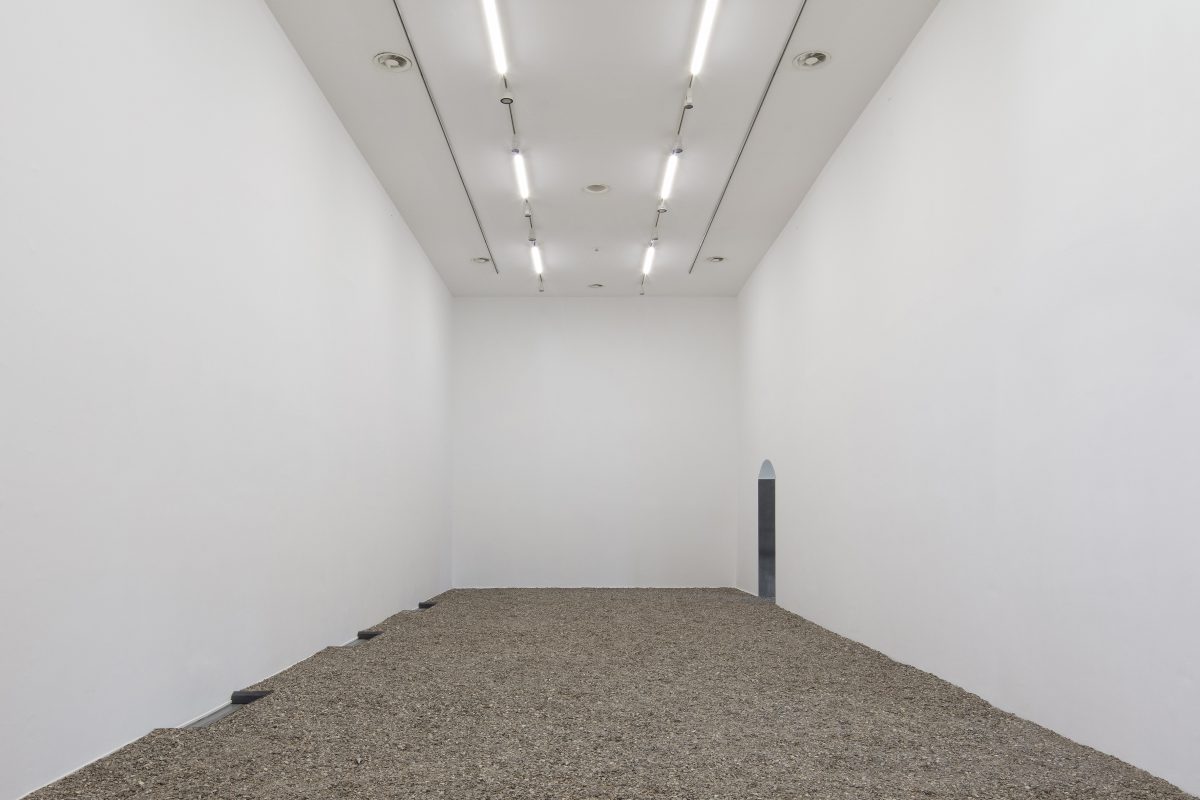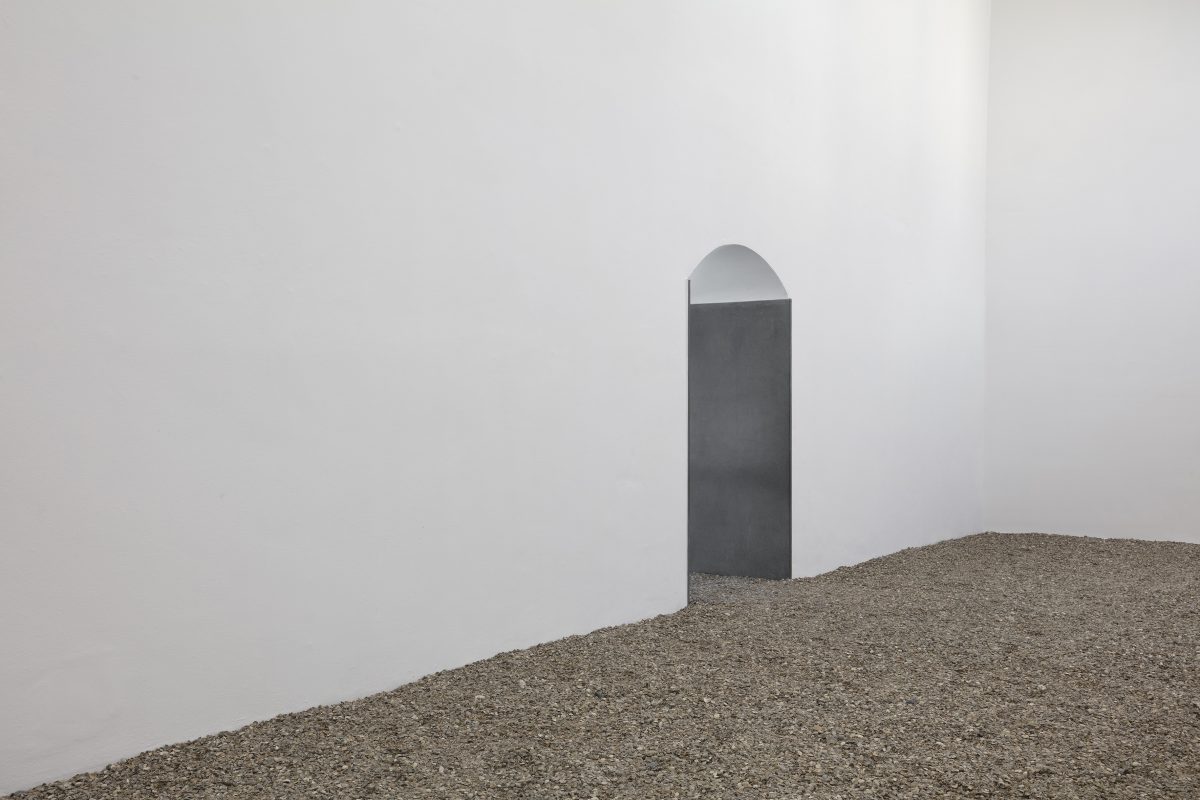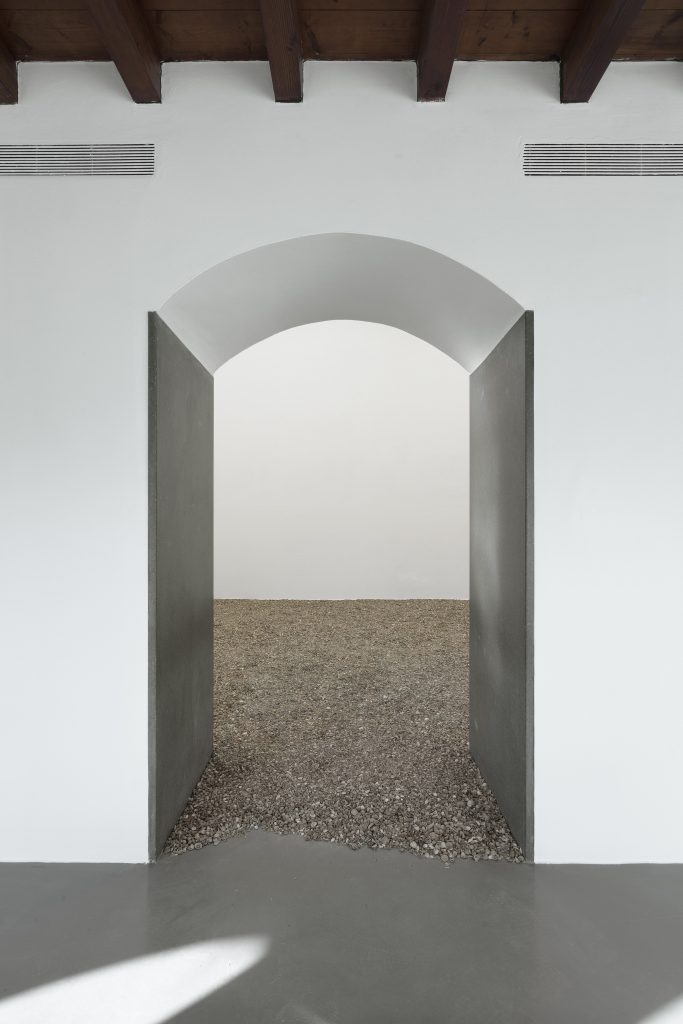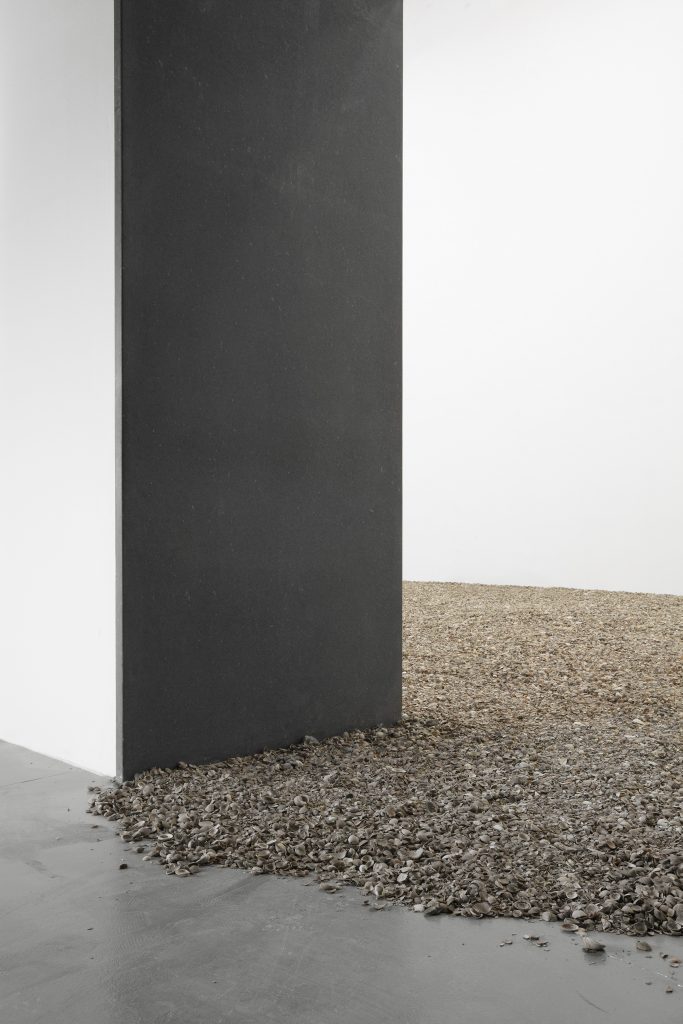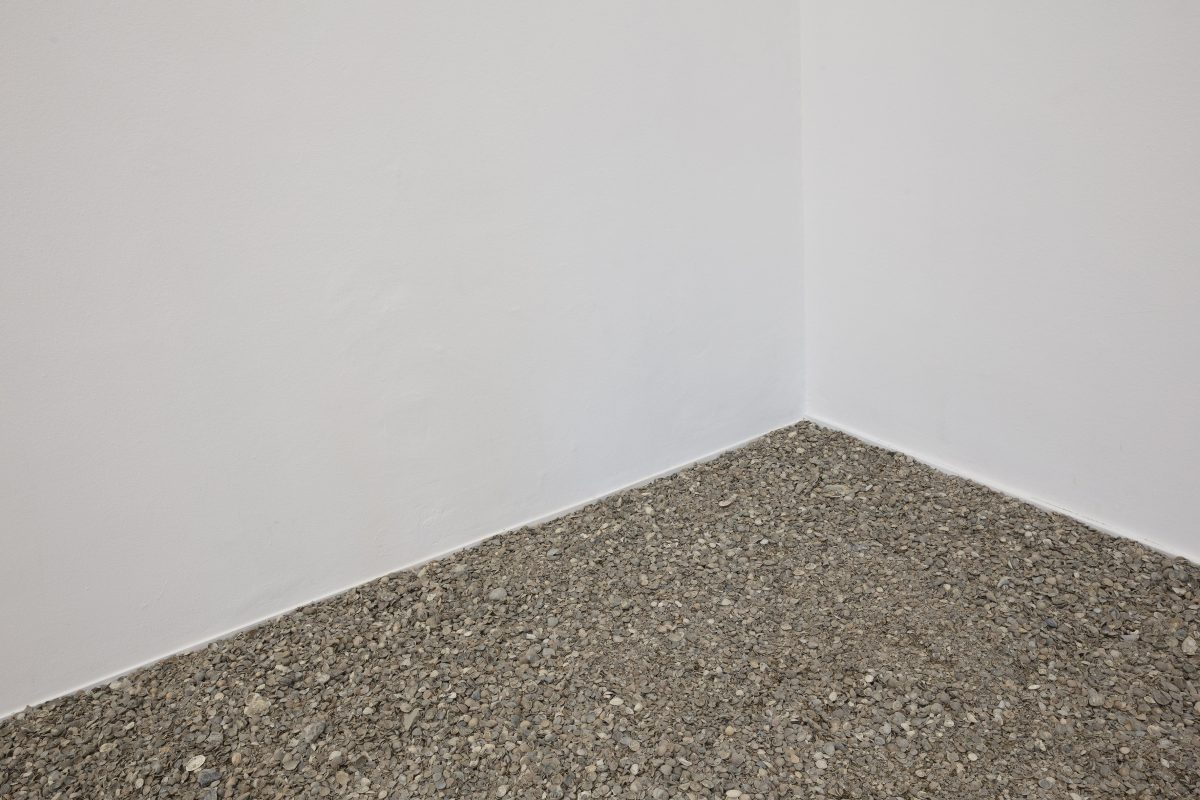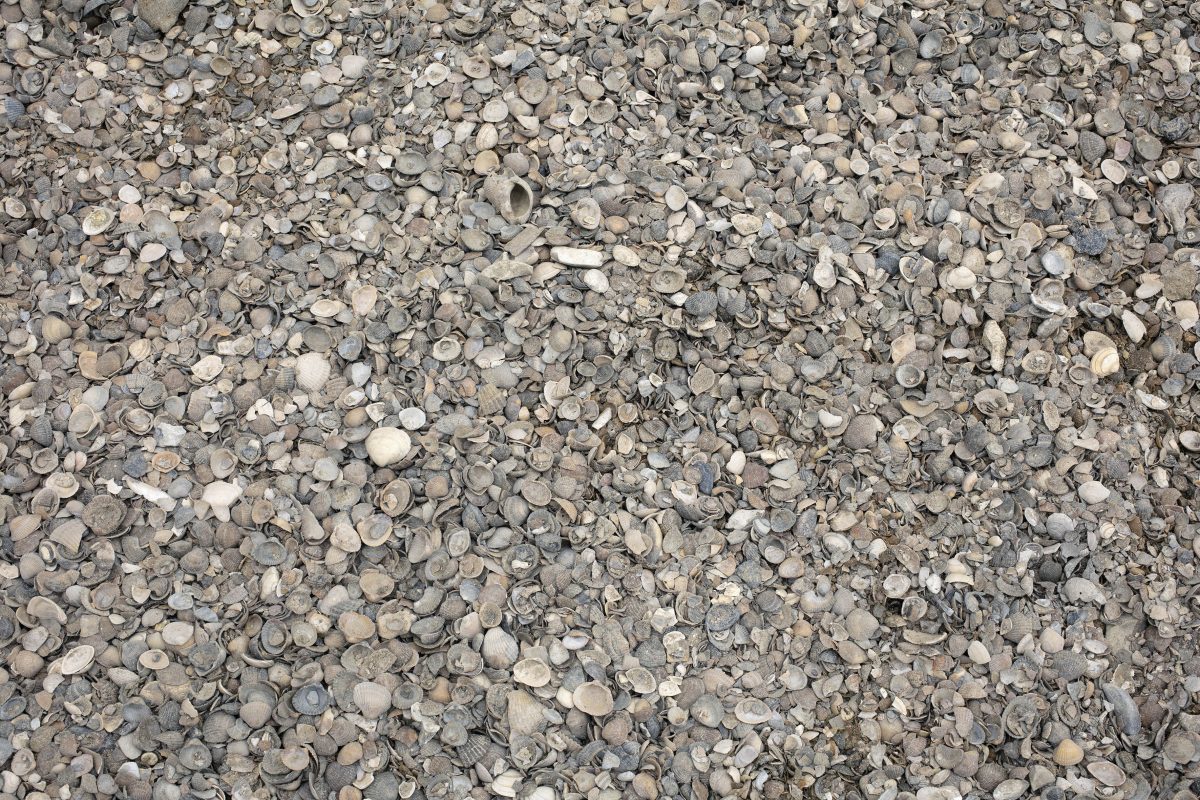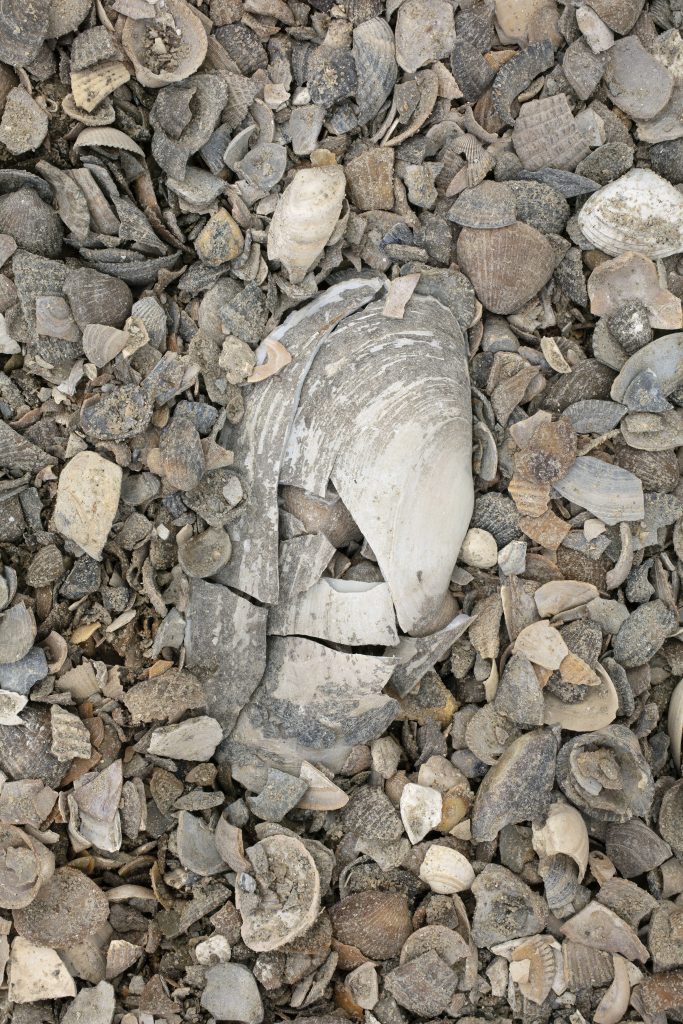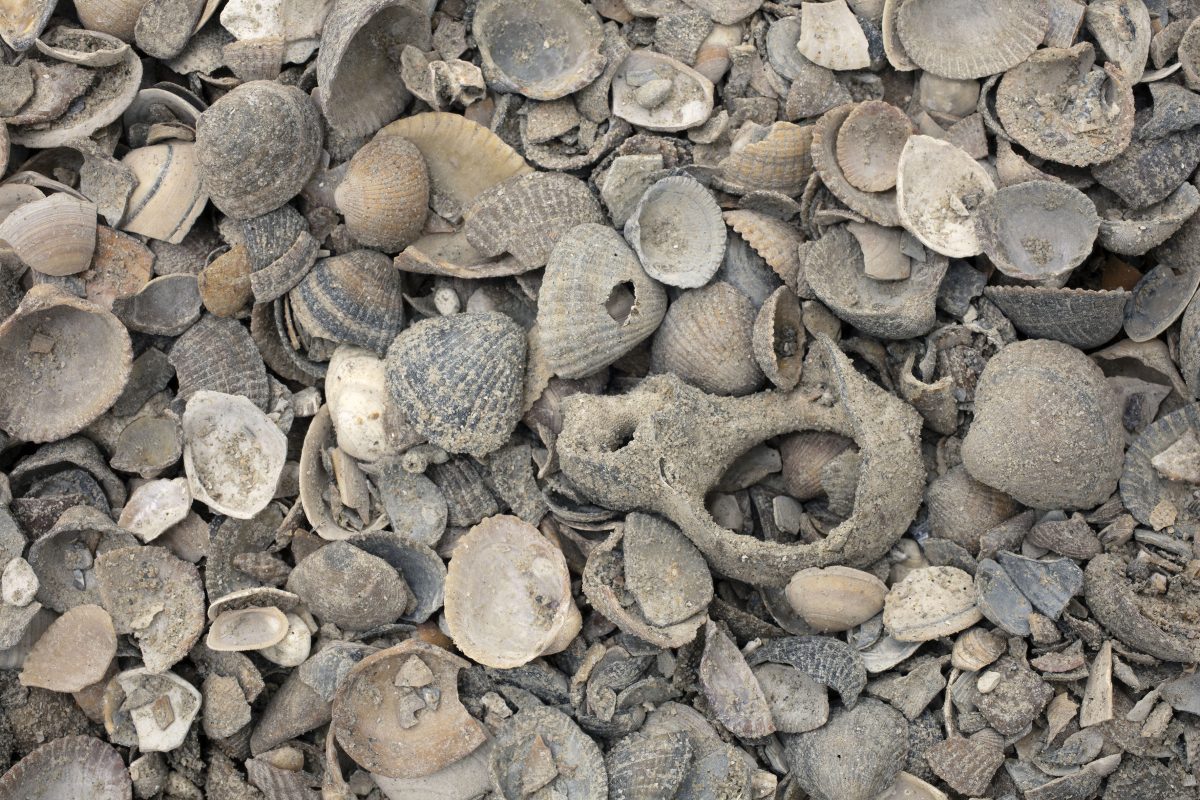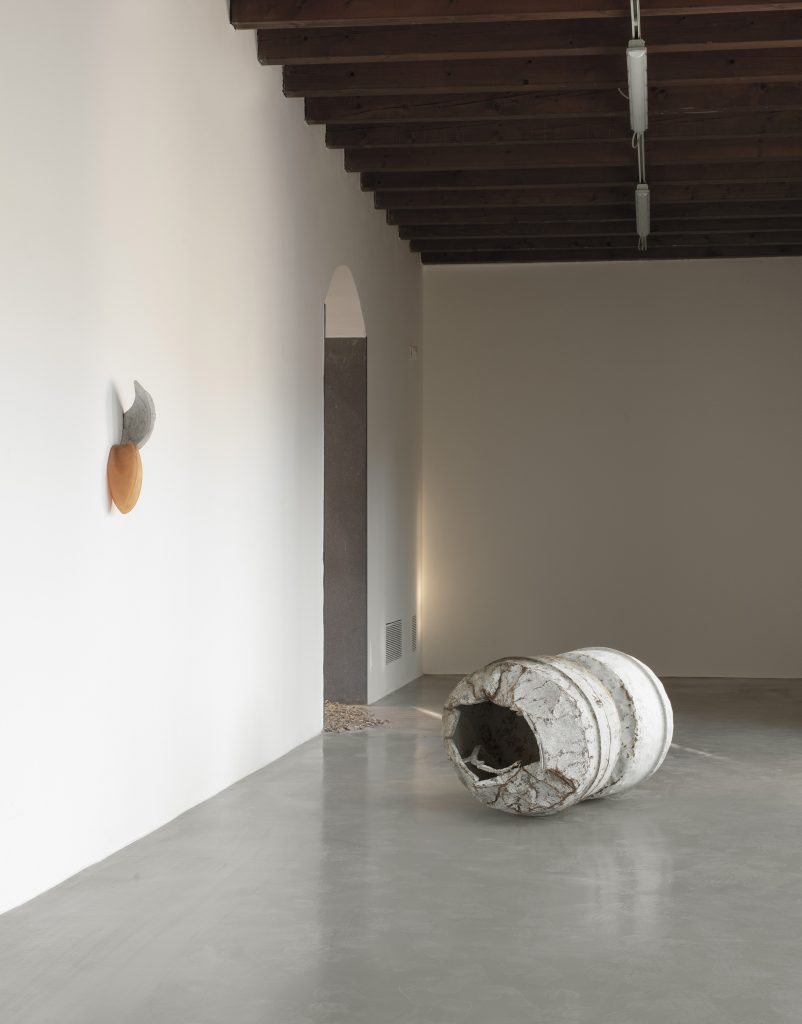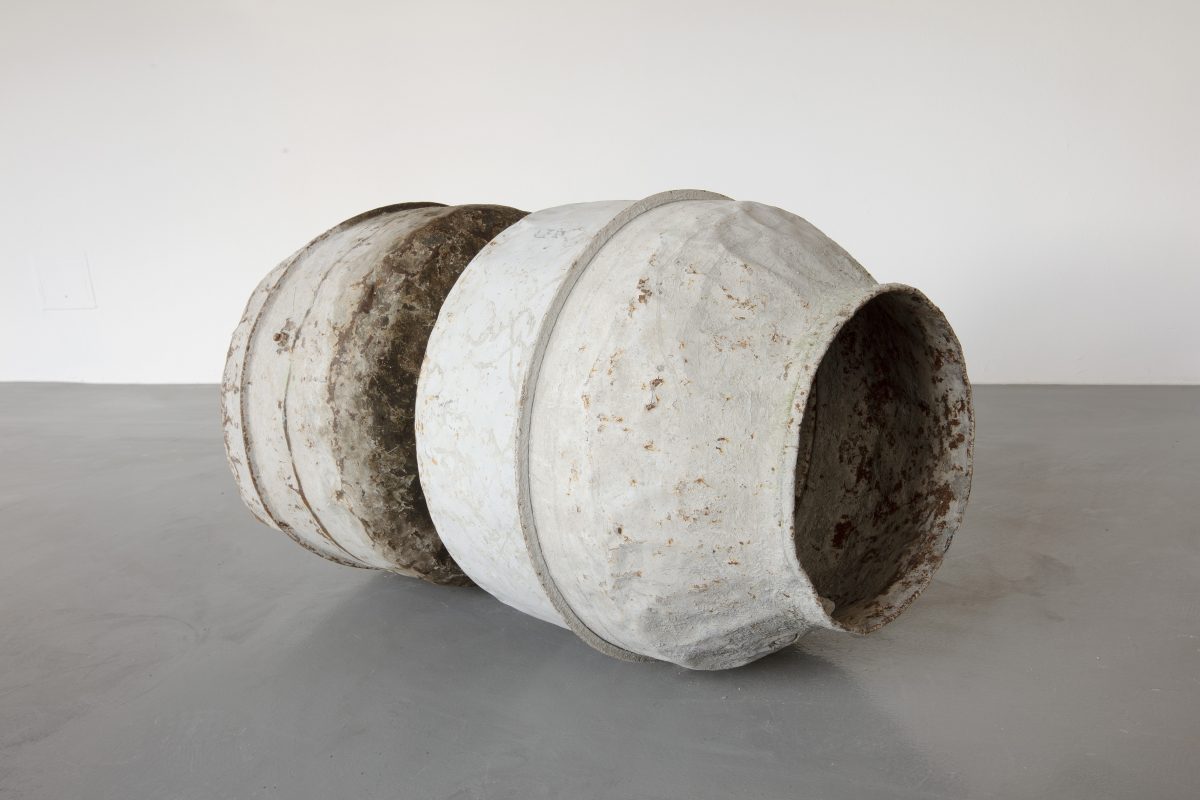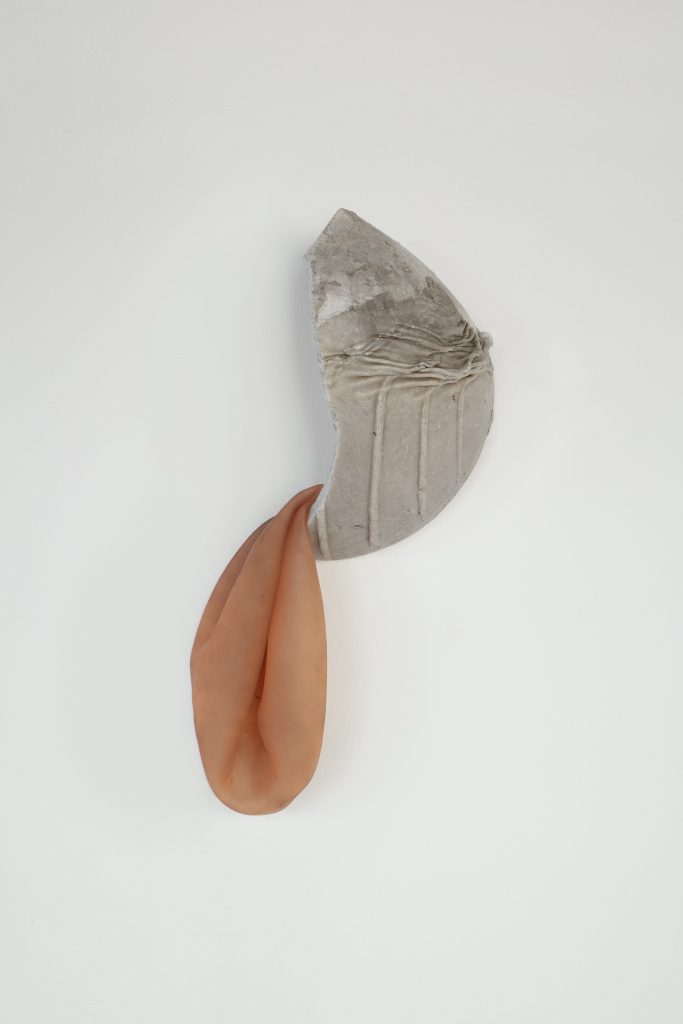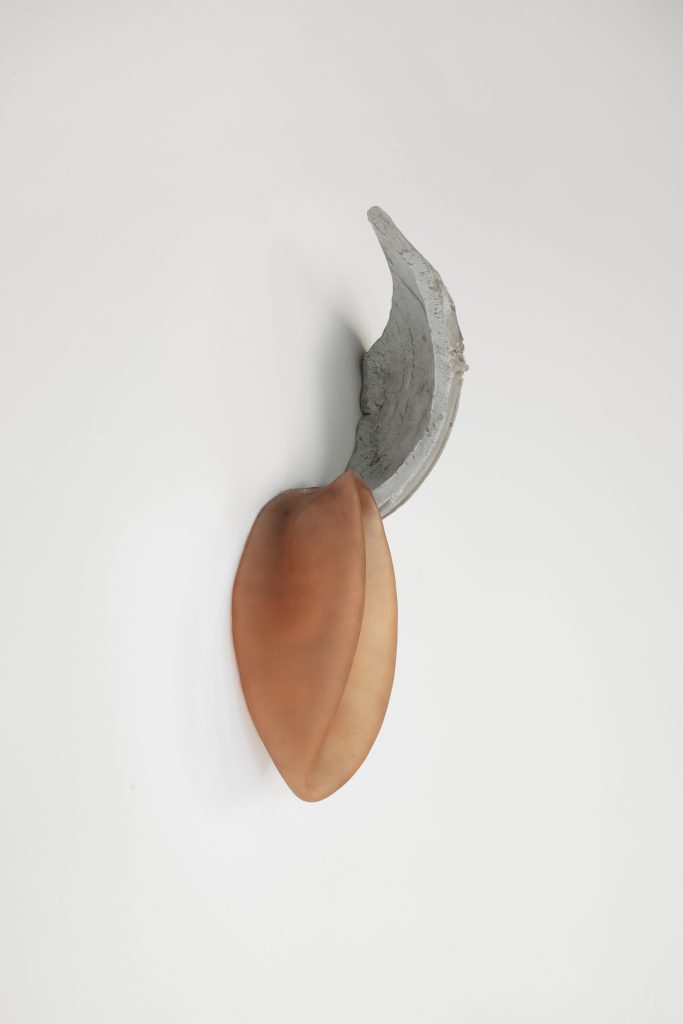
- This event has passed.
NOTHING IS LOST. ART AND MATTER IN TRANSFORMATION
GAMeC presents Nothing is Lost. Art and Matter in Transformation, curated by Anna Daneri and Lorenzo Giusti. The show is the second chapter in the Trilogy of Matter, a long-term exhibition project begun in October 2018 with the exhibition Black Hole. Art and Materiality from Informal to Invisible.
The project involves art historians, curators, philosophers, and scientists, and addresses a transversal debate around the theme of matter, while at the same time activating a dialogue with the history of scientific discoveries and drawing a comparison with the development of aesthetic theories. The program foresees a cycle of three exhibitions, accompanied by as many publications, featuring the presence of artists and works of various generations. “Rien ne se perd” (“nothing is lost”) is the opening to the famous maxim attributed to Lavoisier, with which the French chemist explained the general sense of his law of the conservation of mass, which stated that over the course of a chemical reaction, the sum of the mass of the reactants is equal to the sum of the masses of the substances. Matter, in other words, cannot be created and cannot be destroyed.
The new Meru Art*Science Research Program will support the creation of a site-specific project for the museum. As part of Nothing is Lost, the Swedish-born artist Nina Canell presents Muscle Memory, a new environmental installation designed to investigate the interface between the organic and inorganic dimensions, amid living and inert material, consisting of twelve tons of seashells covering the floor of GAMec’s Spazio Zero.
“Our built environment is an acceleration of material stress that is difficult to grasp. My intention with covering the gallery floor with seashells in its original recognisable form is to tap into that incomprehensibility. [..] Material and duration literally condense under our feet, and in doing so, momentarily connects our bodies with deep geological time in a single haptic crunch. There is something both tender and brutal in the act of walking and trampling into the seashells, yet, materially speaking, the difference between walking on calcium carbonate invertebrates or a concrete gallery floor is very slight. We know that the crushing and shuffling of lime and silica caused by humans could be scaled up into incomprehensible numbers. Around half a trillion metric tonnes of concrete have so far been cast for human use, enough to spread
a kilogram layer across every square metre of the earth’s surface, half of it produced in the last 20 years. The industrial approach to mineral processing produces a view to material as mechanistic and passive. I want to detach materiality from the realm of indifference by making a bodily connection; from bones to bones. A sounding fracture reminding us of the ineffable amount of bodies and relations that hold us up”*
Nina Canell
- * excerpt from an interview with the artist, published in the exhibition catalogue, 2021

